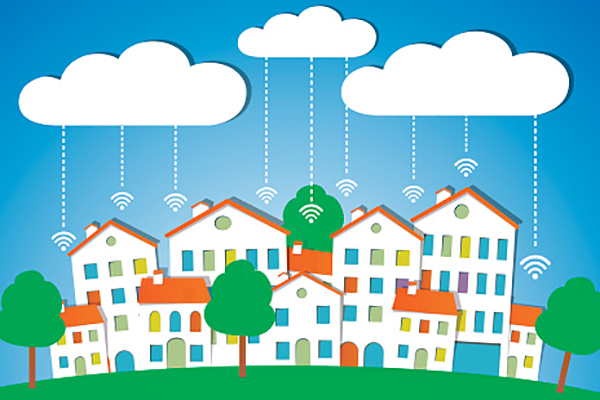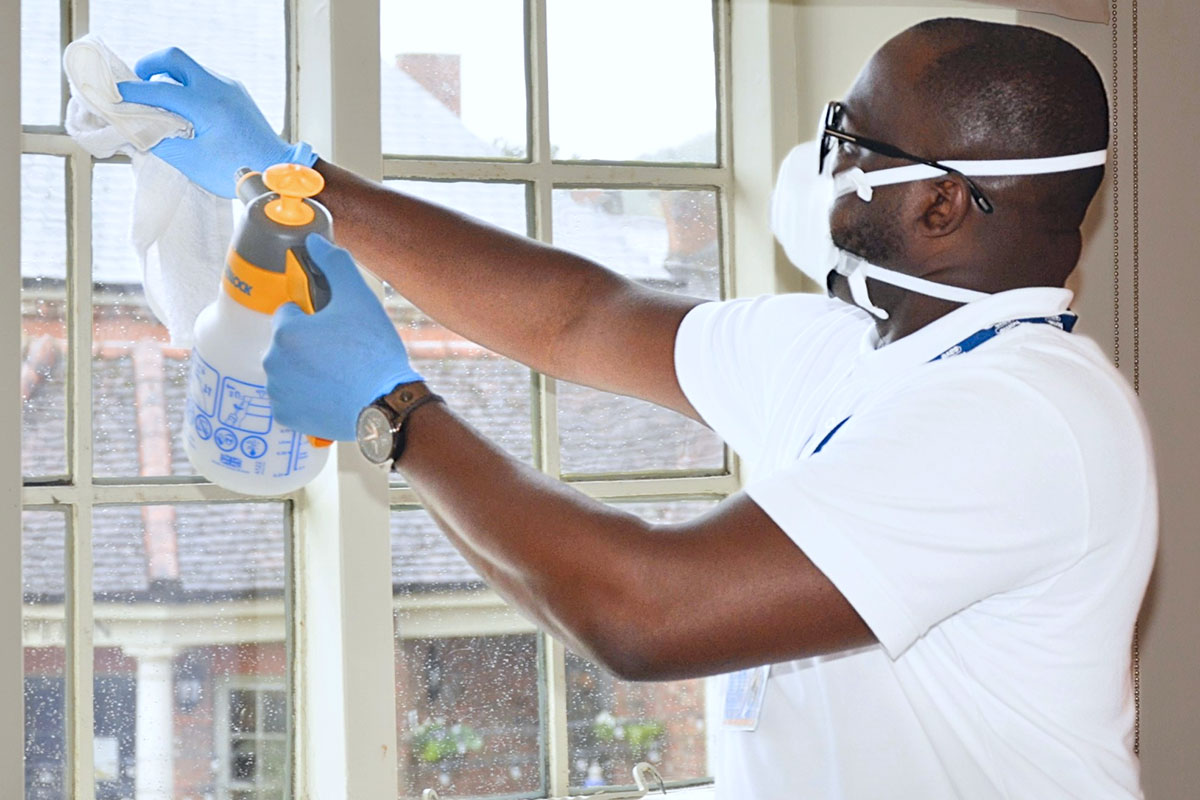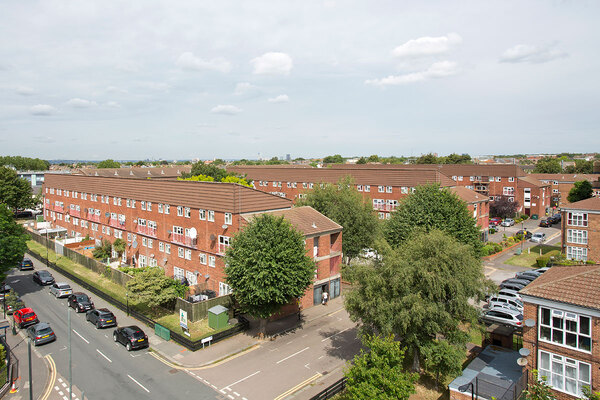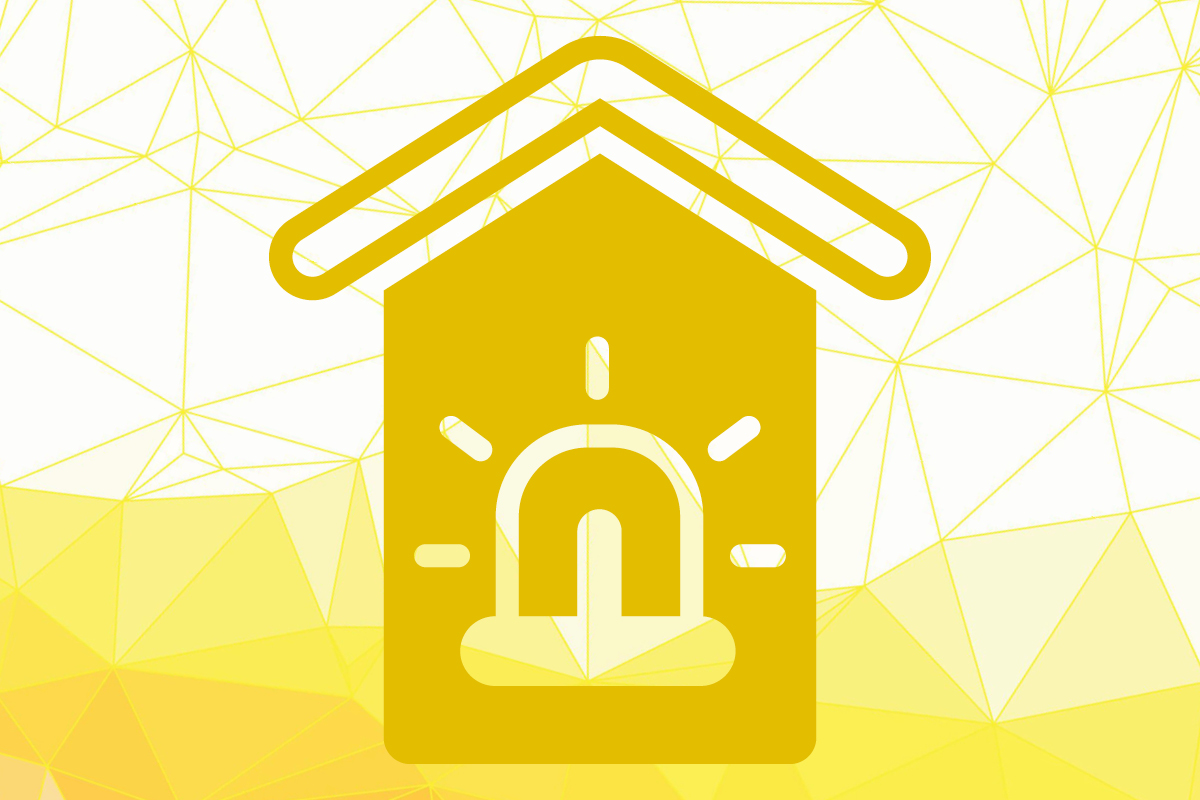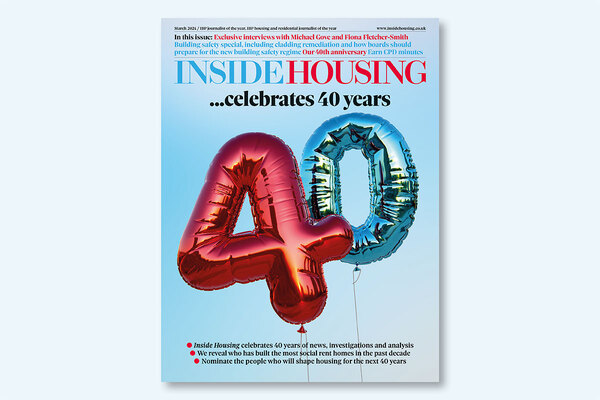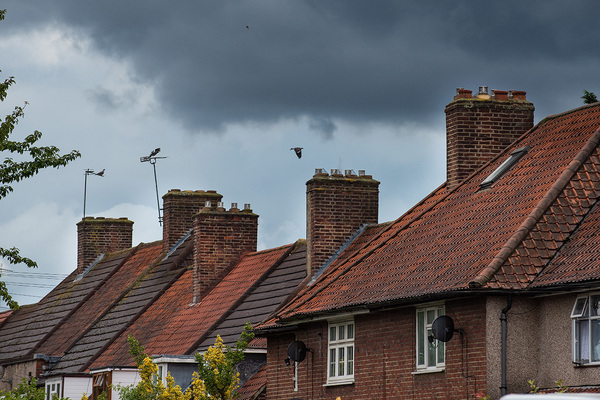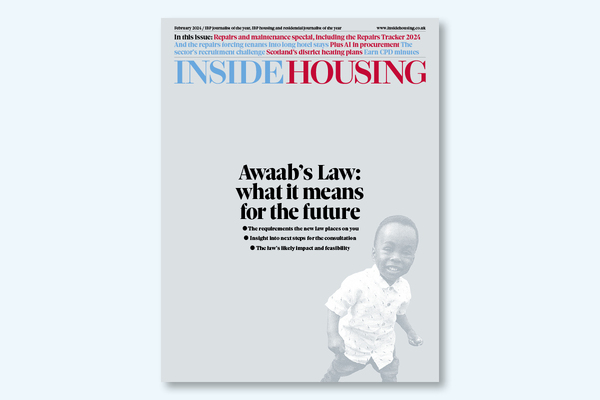Embracing the digital shift
Nigel Rees from Aareon UK explains how the latest advances in technology are helping to transform the ways in which housing associations operate. Illustration by Getty
In association with:

What are the major challenges around asset management that housing associations are facing?
The challenge for housing associations and their asset management stems from what is undoubtedly one of the most significant issues facing the UK – a lack of affordable housing.
The pressure on housing associations from ever-increasing house prices, the consequential upward spiral of private sector rents, and the impact of austerity on other services (social care, mental health) as well as the financial impact from reductions in housing benefit and the pending introduction of Universal Credit, present a formidable combination of issues for the sector.
If you also consider the importance of safeguarding tenants with quality accommodation, effective maintenance, inspection, repair and replacement programmes for housing assets and the tragic consequences of failure to adequately do so, then the scale of the challenges becomes quite stark.
Housing associations have to consider their portfolio of assets to deliver what could be conflicting outcomes:
- Contribute to increasing their housing stock, with a commercial focus to drive profit and value creation.
- Deliver social value with more affordable, quality and safe accommodation.
- Provide adequate resources to support their tenants including the most vulnerable in our society.
I would therefore pose a few questions for wider consideration:
- Are associations as efficient in managing their assets (and providing services to tenants) as they can be?
- Is there sufficient information available to inform associations’ decisions of the optimum balance between investing in the quality and safety of its asset base and achieving an operating surplus?
- Is there sufficient and reliable data available to help inform their operational decisions when managing their assets?
- Are there tools available to enable associations to assess the quality of choices they are making or predict the impact of decisions they could make?
How is new technology transforming the way housing associations operate?
I am impressed by the vision, attitude and passion with which associations are adopting new technology.
There is an appreciation of the importance that digital transformation can play in supporting better ways of working for the organisation, the importance of engagement with the tenant by housing operatives and channel shift (use of multiple channels) to allow tenants to self-serve.
The transformation in each housing association will be reflecting different stages of digitisation:
- Automation, replacing paper and manually intensive processes with digital applications.
- Integration with critical systems – avoiding unnecessary rework and administration; deployment of cross-platform applications for both operatives and tenants, allowing them to interact using technology that is available and familiar to our ever-more tech-savvy society.
- Web and portal communication and engagement to ensure tenants are aware of the resources available to help and support them, releasing time to support those who need it.
In what ways can housing associations drive efficiency in their asset management programmes through the use of technology?
I’d start with a recognition of the need to apply a structured approach to asset management data and, as with any programme, an appreciation of the benefits of doing so.
The investment in ‘components’ (assets which include big ticket items such as kitchens, bathrooms or boilers) is a major ongoing commitment by associations. The asset management policies they apply to the maintenance and replacement of such components can have a significant and positive bearing on this commitment and spend where the quality information is maintained.
Having sufficient detail of material components enables the condition of these assets to be updated at an optimal time (by any operative with digital tools). Naturally, within this process, safeguards and transparency of this activity on gas or electrical components are both visible and assured; with replacement decisions made as a function of the age and condition of the items being reviewed.
An evolving and enhanced picture of the full lifetime cost of decisions can enable a strong correlation between repairs and assets, and repairs linked to components which support replacement decisions.
This can be further enhanced with analytics to consider any link between the different types of tenants and therein provide further intelligence and insight.
Ultimately, the data generated from tenant self-service systems could be extended to provide updated information on asset condition, and in the not too distant future by utilising internet of things (IOT) sensors, this data could provide an early warning on specific assets. It could also flag up a change in the overall condition of the property and even the health of the tenant themselves.
What do housing associations need to consider before implementing these types of systems?
They need support for change from top-down leadership, but there also has to be a push to ensure that operational users are involved in the process.
Associations require clarity on the benefits that the technology needs to provide and must ensure there is a focus on realising the return on this investment.
Collaboration between associations, to share good ideas and to reduce bespoking and customisation of solutions, will speed up delivery and enable faster adoption of new technology.
Trust in the ‘partnership’ between housing associations and the technology providers is essential. This should extend to ensure solutions delivered bring together ‘best of breed’ systems and investment in the development of capabilities that benefit the sector. Ultimately there is the need to consider ongoing engagement with your technology provider beyond initial deployment, to enable continual improvement and iterative development, and to bring improved practice and any new innovations where they deliver value.
What examples of best practice are you seeing in the sector?
A particularly interesting example of best practice is Halton Housing. The association’s self-service app has proven to be extremely popular with customers.
Two-thirds of Halton Housing’s customers access services digitally, with 99.5% of rent balance enquiries being made via digital services. More than a third (39%) of repairs requests and 67% of anti-social behaviour reports are also made online. Combined, this has reduced incoming customer phone calls by 71%.
Overall Halton Housing, whose aim is to have 90% of customer-led transactions online by 2018, is already running at 86.4% and still increasing.
What sort of role do you see technology playing in the future of the housing sector?
Technology can support full organisational digitisation. There will be continual improvements with information sharing, and co-ordinated workforce management with the capability and support to address the majority of tenants’ needs with technology-enabled support from experts.
The opportunity afforded by cloud provision of solutions enables both the sharing of good ideas and practice with software as a service extending across organisations who have considered the complexity and cost of solutions as too great for their capabilities and budget.
There are several other challenges which technology should be addressing to help the housing sector. Not least an ageing population, with the provision of services to extend healthy living and to allow individuals to reduce pressure on essential services by living at home for longer.
Technology should be easy to consume and the intuitive nature of application access and deployment will see changes with better use of social media and its integration.
As mentioned IOT will provide prompts and alerts to instigate activity and appropriate action. We are likely to be asking Alexa or similar voice or other interfaces as the technology and cost to implement reduces to realise greater use and value to our customers.
